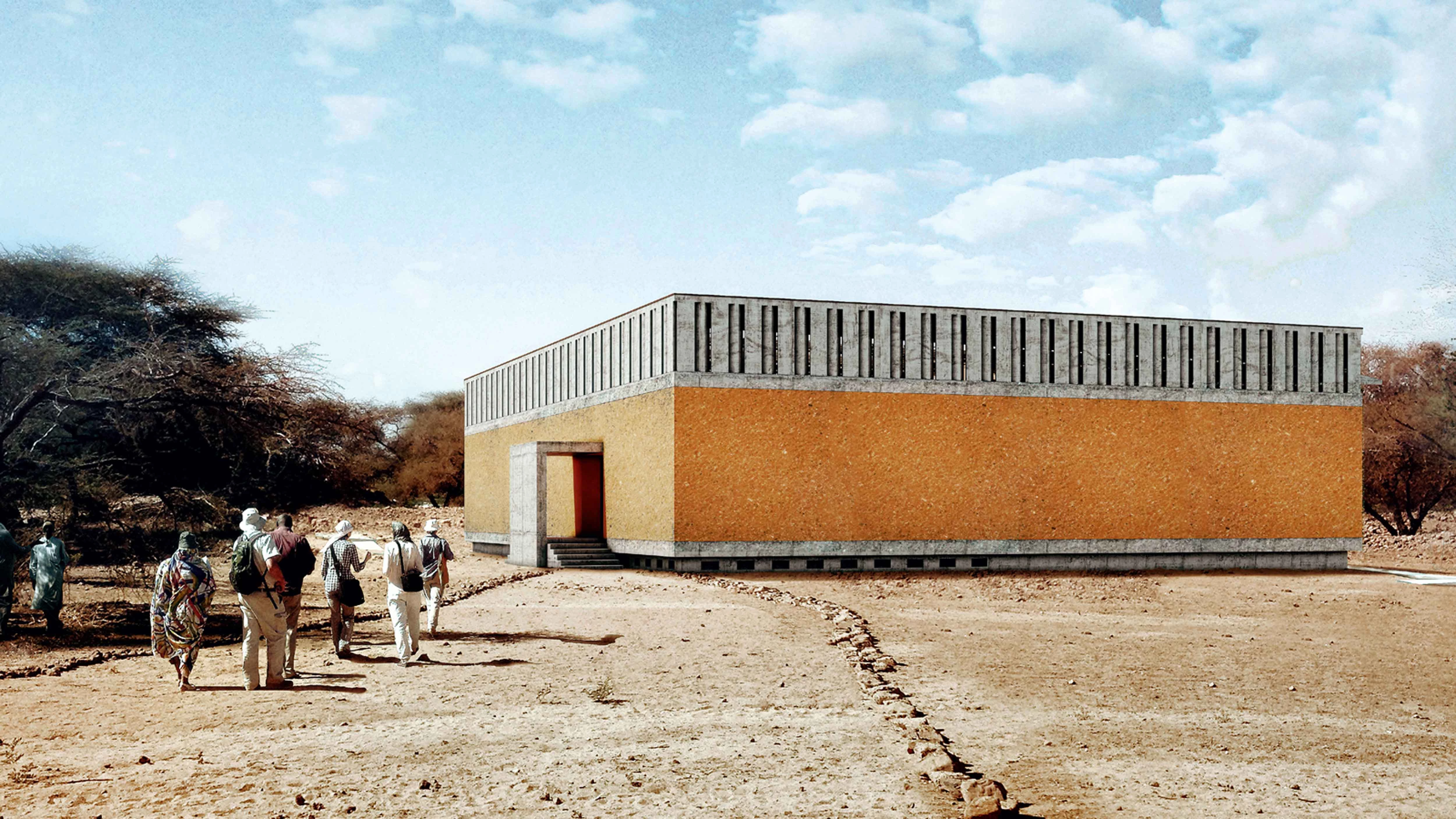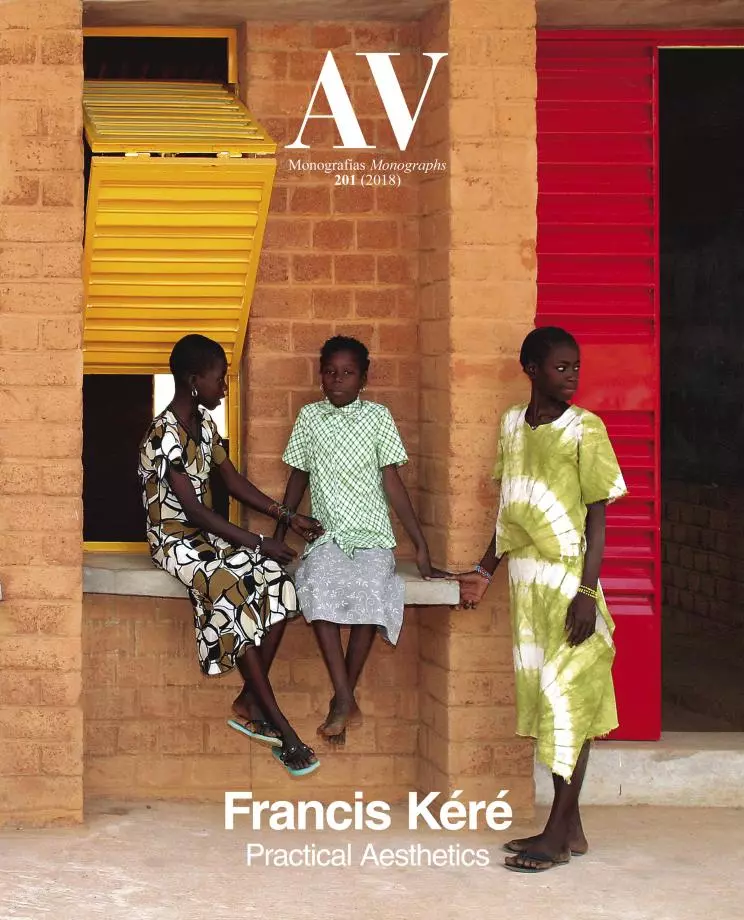Meroe Royal Baths Protective Shelter
Diébédo Francis Kéré Kéré ArchitectureIn a semi-desert landscape between the Nile and Atbara rivers, the remains of the city of the Kushites in Meroe – a powerful dynasty that reigned from the 8th century BC to the 4th century AD – were declared a UNESCO Heritage Site in 2011. Located about 45 kilometers from what is now the Sudanese town of Shendi, the archaeological site presents vestiges of an ancient culture, including pyramids, temples, dwellings, and thermal baths. To preserve the latter, which date back to the 1st century AD, Kéré has designed a structure in a way that ties up with the building tradition of the zone. Through the use of stone and clay, the intervention protects the famous ruins against erosion, while helping to regulate ventilation and humidity inside.
The new piece defers to its context, built as it is in locally sourced clay bricks manufactured on site. A band of vertical concrete pieces visually recalls the friezes in classical temples while also favoring air circulation. The roof structure rests on perimeter walls, sixty centimeters thick, and from it hangs a network of suspended courtyards that makes it possible to walk through the place. On the roof, the combination of opaque and translucid vaults brings indirect top light into the space.
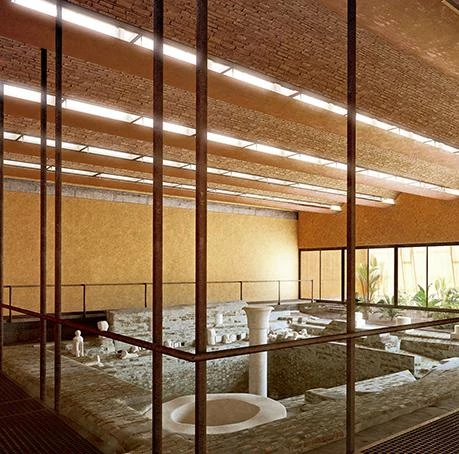


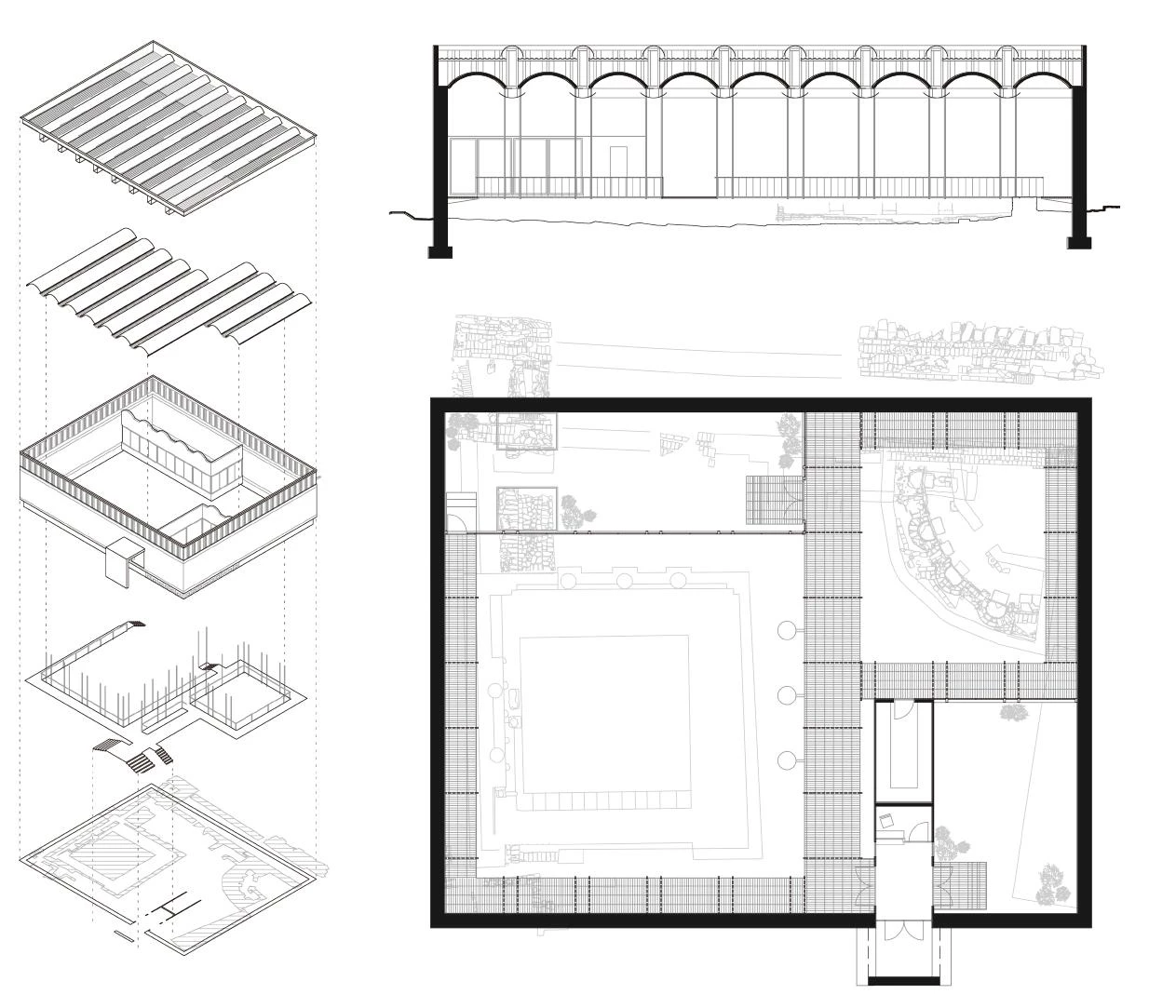
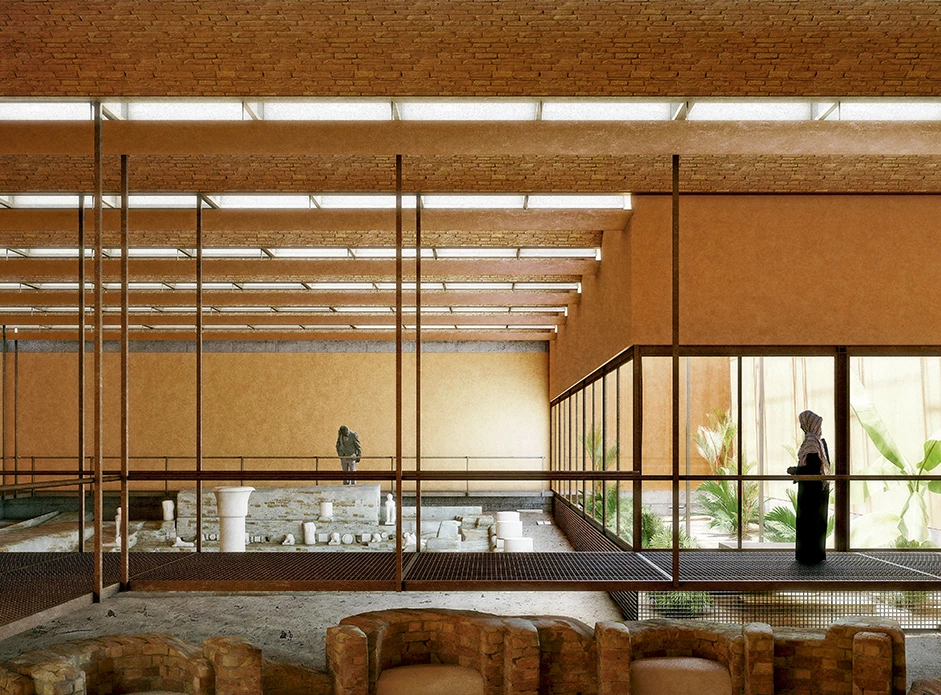
Cliente Client
Qatar-Sudan Archaeological Project, German Archaeological Institute, National Corporation for Antiquities and Museums
Arquitectos Architects
Kéré Architecture
Equipo de diseño Design Team
Dominique Mayer, Alice Busani, Diego Sologuren Martin, Daniel Heuermann, Johanna Lehmann
Superficie construida Built-up area
680 m²

